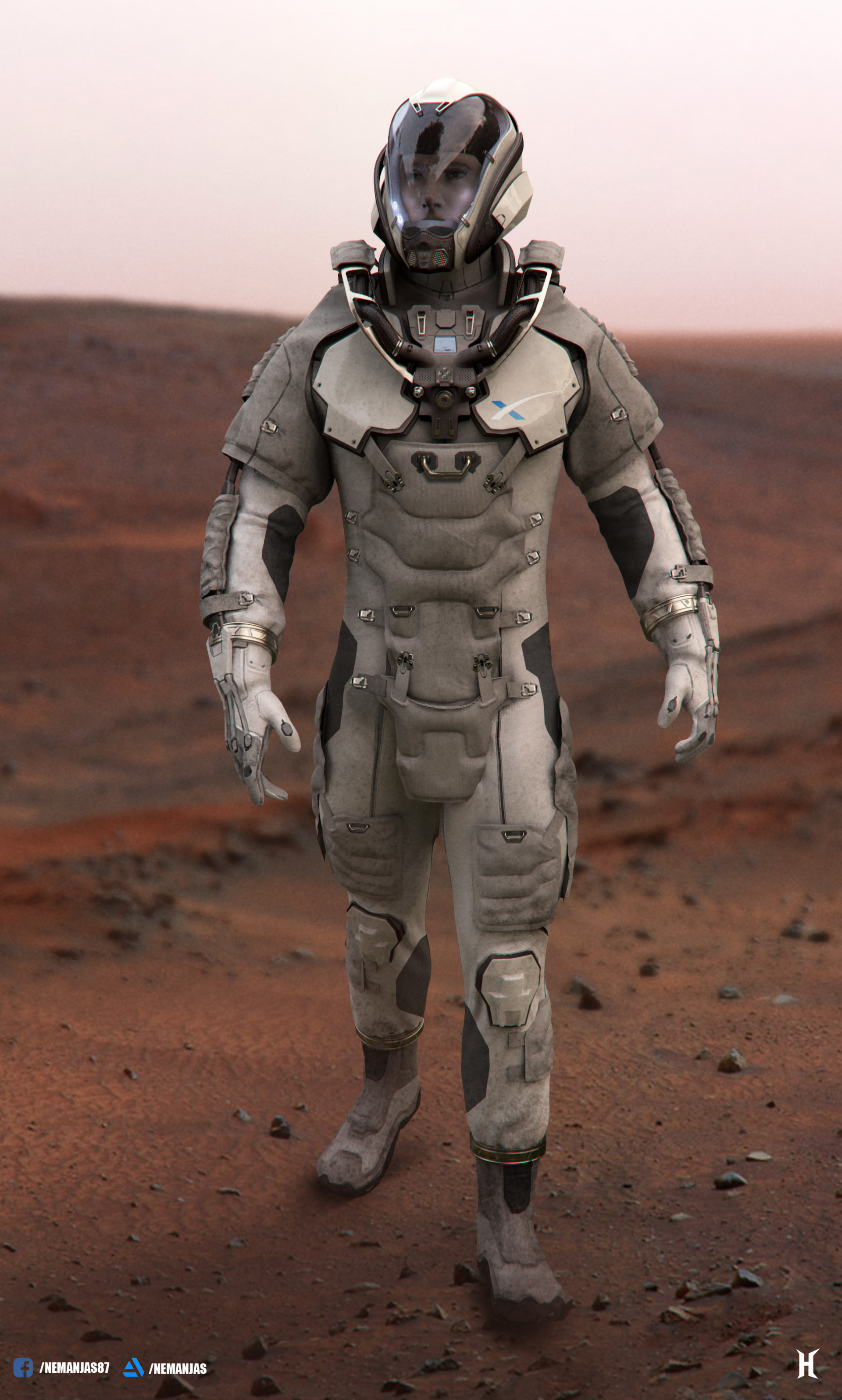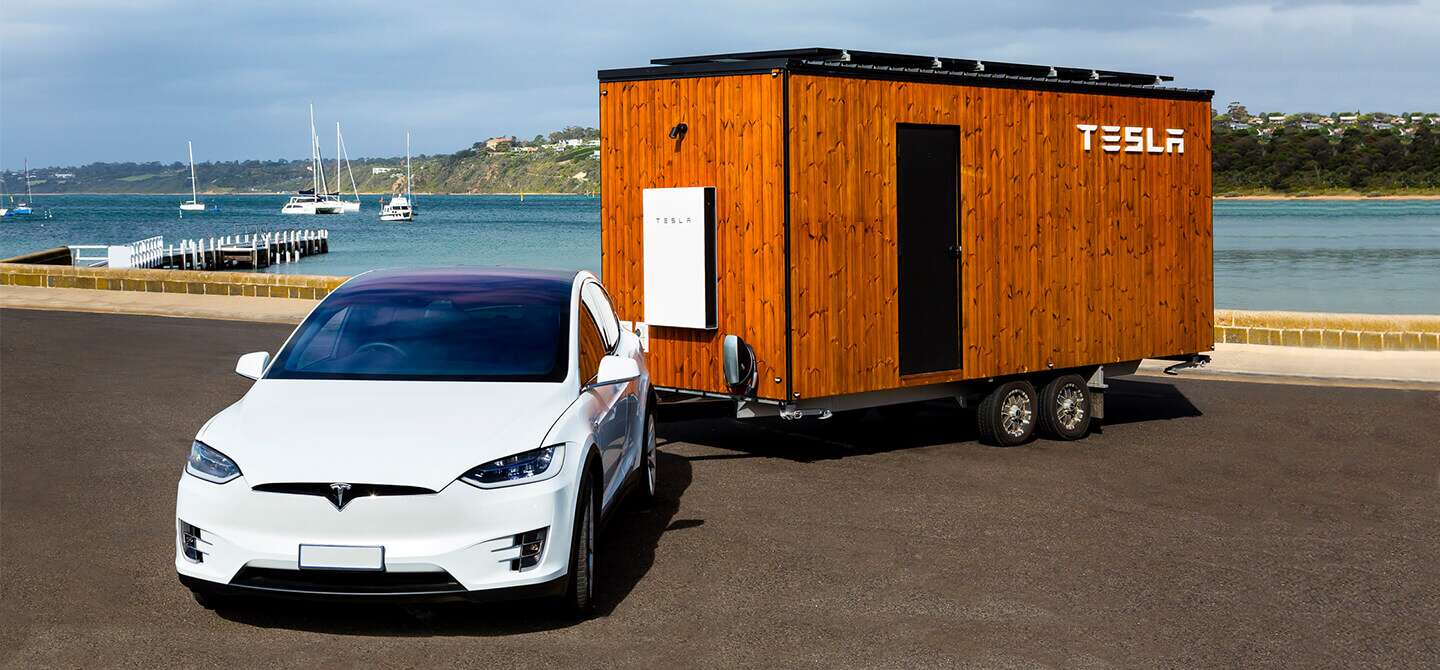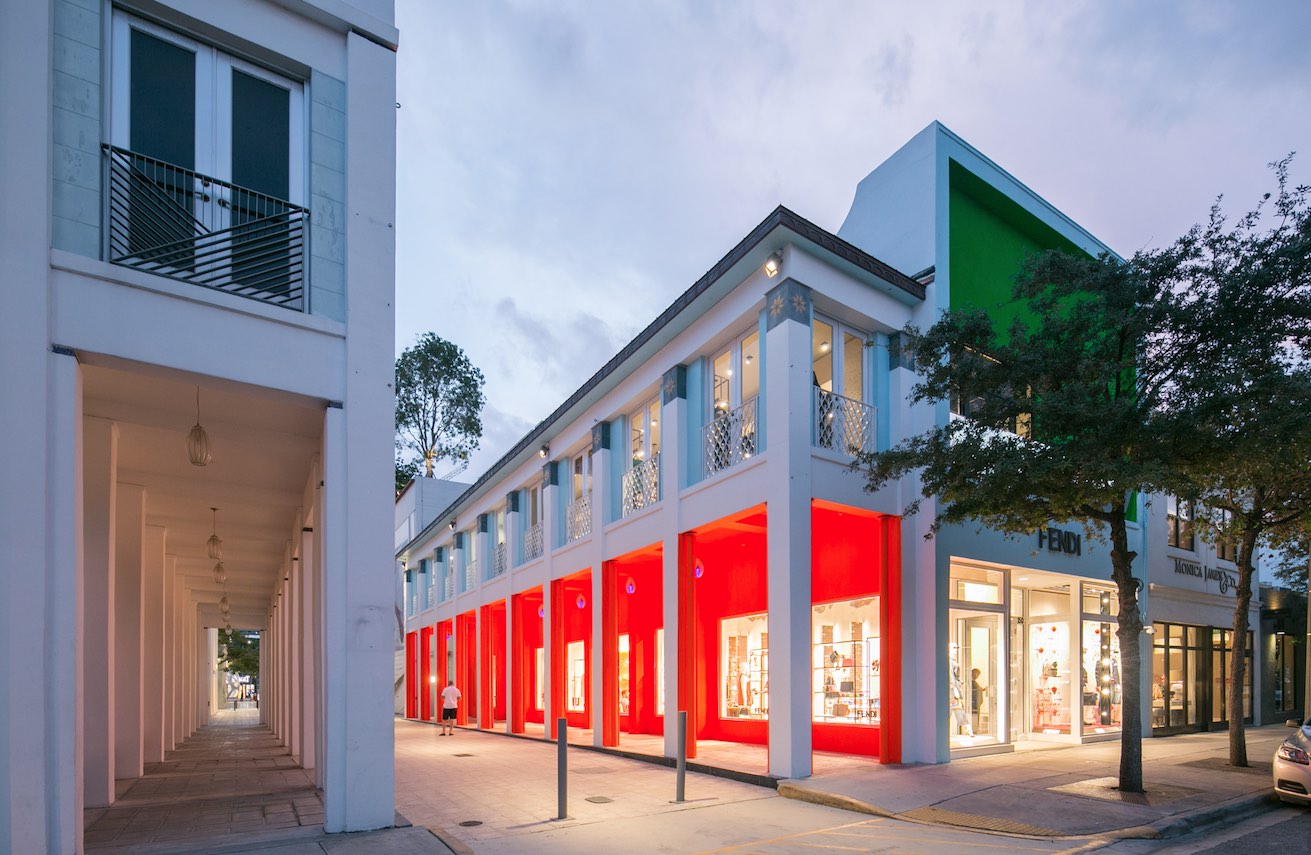Table Of Content

Space suits have been worn for such work in Earth orbit, on the surface of the Moon, and en route back to Earth from the Moon. A self-contained oxygen supply and environmental control system is frequently employed to allow complete freedom of movement, independent of the spacecraft. More than 50 years of NASA expertise is going into the design of modern spacesuits that will protect and support astronauts as they reach iconic heights during forays in low-Earth orbit, the Moon, and worlds beyond. While the EMU spacesuit has far exceeded its planned design lifespan, NASA is eager capitalize on advanced spacewalking capabilities to achieve increasingly complex exploration goals.
Glove technology
The white outer layer reflects heat from the sunlight and is made of a fabric that blends three kinds of threads. One thread provides water resistance, another is the material used to make bullet-proof vests, and the third component is fire-resistant. Some suits are plain white and some have stripes to help tell one spacewalker from another. The spacesuit worn for spacewalks outside the International Space Station is called the extravehicular mobility unit, or EMU. NASA is currently developing a new suit that will be worn for spacewalks on Artemis missions called the Exploration Extravehicular Mobility Unit, or xEMU.
Mark III
ESA - Winning spacesuit designs - European Space Agency
ESA - Winning spacesuit designs.
Posted: Mon, 03 Jul 2023 07:00:00 GMT [source]
When comparing the suits worn during the mission above with their 2017 preview revealed via Elon Musk’s Instagram (shown below), one can see little has changed at the surface level. NASA established the foundation for the AxEMU with the agency’s Exploration Extravehicular Mobility Unit (xEMU) prototype development efforts that advanced spacesuit designs for multiple destinations. Leaning on NASA’s prior development efforts is helping Axiom Space reduce technical and schedule risk. The restraint layer goes outside the bladder, and provides a specific shape for the suit. Since the bladder layer is larger than the restraint layer, the restraint takes all of the stresses caused by the pressure inside the suit. Since the bladder is not under pressure, it will not "pop" like a balloon, even if punctured.
Operating pressure
The two main parts of a spacewalk spacesuit are the pressure garment and the life support system. The pressure garment is the human shaped portion of the spacesuit that protects the body and enables mobility. The primary components of the pressure garment are the cooling garment, upper torso, lower torso and helmet.
My Own Personal Spacesuit - National Air and Space Museum
My Own Personal Spacesuit.
Posted: Wed, 20 Mar 2024 07:00:00 GMT [source]
"This suit is an ascent-entry suit, which means that it's made to be on use in the interior of our vehicle," Tori Wills Pedrotty, Starliner spacesuit lead, told reporters here at JSC March 21. She also demonstrated how the last 40 years have seen substantial advances in spacesuit design since NASA's space shuttle ascent suits were designed. One simply needs to look back at the historic timeline of NASA spacesuits over 50+ years to recognize how much more sleek the SpaceX designs are, offering astronauts greater mobility and comfort at the inception of privatized space travel.
Apollo 17 Anniversary – SUITS
It should allow them to get ready more quickly in the suit when it's necessary, but also to lift materials or kneel down to study things when the situation calls for it. The big, puffy white moonsuits worn by Neil Armstrong and his fellow Apollo astronauts a half-century ago are out of fashion. Lunar haute couture now calls for something more form-fitting and comfortable for men and women. That desire for secrecy stems, in part, from the fact that NASA is now hiring private companies for work on various projects. Those commercial service providers are not locked into exclusive contracts with NASA and can make deals with other customers to sell their products and services. Before the first woman and next man take step on the lunar South Pole in 2024, NASA will test the new suits and several of its components on the International Space Station in a spaceflight environment to confirm the overall performance.
Final Frontier Design IVA Space Suit
The integrated communication system has speakers mounted inside the helmet area and multiple embedded voice-activated microphones that automatically pick up the astronaut’s voice. On the back of the spacesuit is a backpack that houses the supplies and equipment to make the suit work. This backpack contains the oxygen that astronauts breathe and that pressurizes the suit. A fan circulates oxygen through the suit and life support system where the carbon dioxide that astronauts exhale is removed from the suit. The backpack provides electricity for the suit and holds a two-way radio for communication. The backpack also contains water for the cooling garment, a chiller to cool the water, and a pump that circulates the chilled water.
Life Support System
“The association between shiny stuff and things that are not of this world goes back to the dawn of civilization,” de Monchaux says, giving examples of the silver and gold on clothes worn by bishops and priests. The BF Goodrich designers who created one of the first space suits surely did paint it silver. However, for practical reasons, silver, which attracted too much light, was soon changed to a less-reflective white. This change caused the trend on Earth of associating the color white with all space-related things. The design unveiled at the event is not identical to what Artemis astronauts will wear. The company elected to put a customized cover layer, black with blue and orange accents, on the suit for this event “to conceal the suit’s proprietary design,” the company explained.

NASA’s Hubble Pauses Science Due to Gyro Issue
Apollo shoulder mobility was enabled by pleats in the fabric with cable pulleys that provided mechanical advantage to move the shoulders up and down but limited the ability to rotate the joint. The new shoulders minimize the effort required for full mobility and include bearings that allow full rotation of the arm from shoulder to wrist. The Portable Life Support System is the familiar backpack astronauts wear on spacewalks that houses the suit’s power and breathable air and removes exhaled carbon dioxide and other toxic gasses, odors and moisture from the suit.
The restraint layer is shaped in such a way that bending a joint causes pockets of fabric, called "gores", to open up on the outside of the joint, while folds called "convolutes" fold up on the inside of the joint. The gores make up for the volume lost on the inside of the joint, and keep the suit at a nearly constant volume. However, once the gores are opened all the way, the joint cannot be bent any further without a considerable amount of work.
A spacesuit is more like a miniature spacecraft you wear around your body than an item of clothing. It’s pressurized, it’s decked out with life support systems, and it’s likely to look pretty cool. The company said the suits to be worn on the lunar south pole by astronauts will be white because that is the best colour to reflect the harsh sunlight on the moon’s surface and protect the wearer from extreme heat. With the Artemis program, NASA wants to put humans back on the moon for the first time in more than 50 years.
The AxEMU spacesuit will provide astronauts with advanced capabilities for space exploration, while offering NASA affordable, commercially developed human systems needed to access, live, and work on and around the Moon. Evolving NASA’s Exploration Extravehicular Mobility Unit (xEMU) spacesuit design, the AxEMU is built to provide increased mobility and greater protection to withstand the harsh environment of the lunar south pole. The AxEMU spacesuit will also integrate with specialized tools developed by Axiom Space for exploration and scientific opportunities. Fortunately, though, the flurry of new activity in space has meant we’re seeing more innovation in spacesuit design and performance than ever before. The emergence of new private vehicles like SpaceX’s Crew Dragon and Boeing’s Starliner means NASA astronauts going to the International Space Station are wearing new spacesuits that are extremely sleek and chic.
Doug Hurley and Bob Behnken, the astronauts who went up on the Crew Dragon to the ISS in May, remarked that they were extremely comfortable and easy to get on and off. Suits that are worn during takeoff and reentry are designed to protect astronauts from fire, and they plug into seat umbilicals that carry oxygen and cool air in case the cabin depressurizes for some reason. Soon, NASA will no longer rely on the Extravehicular Mobility Unit, or EMU, spacesuit design that debuted during the Space Shuttle Program in the 1980s for its spacewalking crews. More than 50 years of spacesuit expertise will inform the design modifications for the new suits as they get an upgrade for NASA’s growing mission portfolio. In 2012, NASA introduced the Z-1 space suit, the first in the Z-series of space suit prototypes designed by NASA specifically for planetary extravehicular activity. The Z-1 space suit includes an emphasis on mobility and protection for space missions.




















